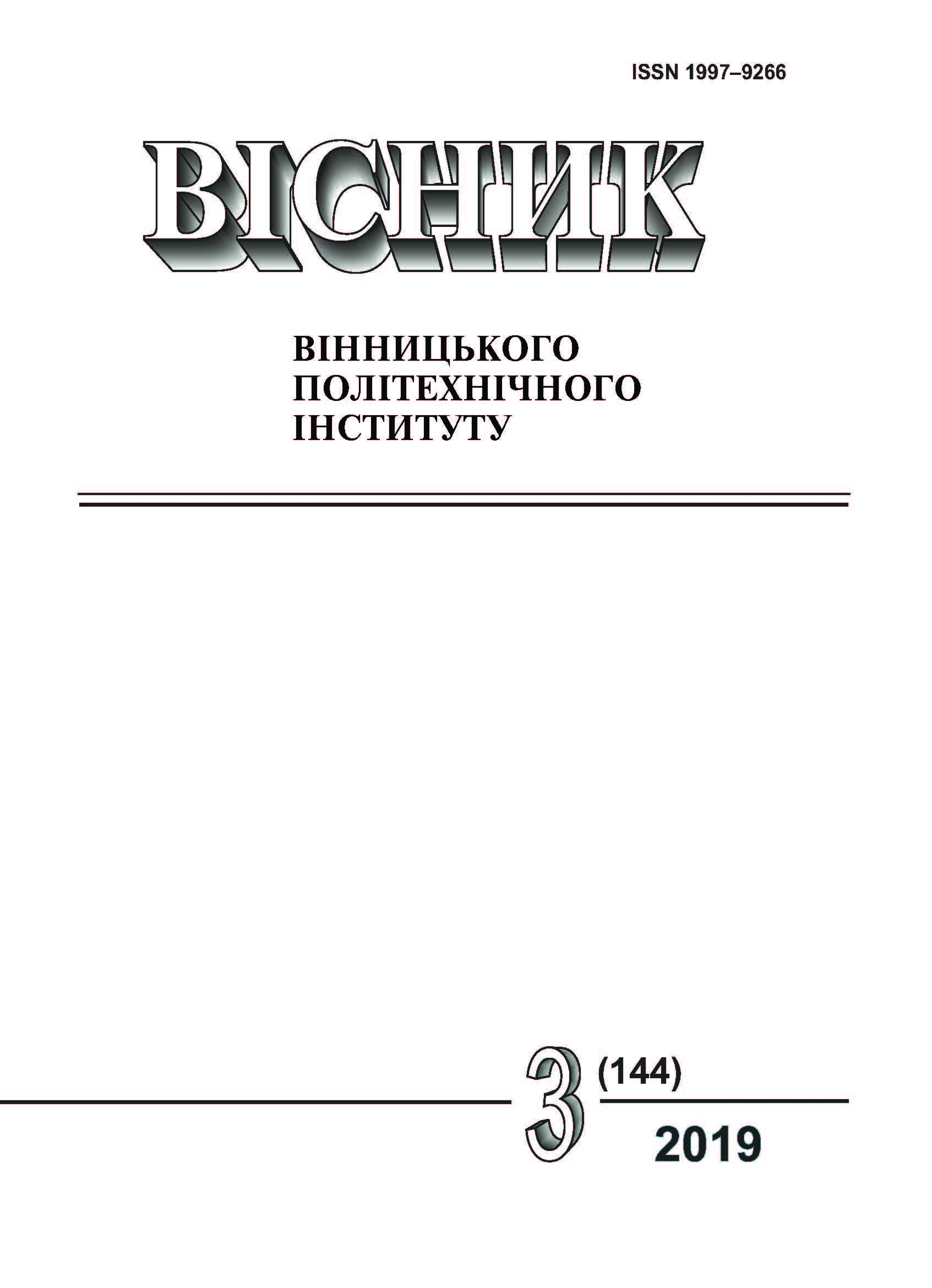System Analysis of the Sizes of the Fragment of Images of Aerial Photography of Agricultural Lands for the Search of Anomalies in these by Machine Learning Methods
DOI:
https://doi.org/10.31649/1997-9266-2019-144-3-75-85Keywords:
aerial photography, image analysis, autoencoder, deep training, machine learning, agricultural land, detection of anomalies, clusterizationAbstract
Big problems for agricultural lands (ACL) are plant diseases, pests, weeds and other anomalies. The rapid growth of such problem areas is of great harm if they are not found in time, localized and neutralized. With a large area and, often, inaccessibility to individual areas of the field, aerial photography from drones with its subsequent processing by artificial intelligence methods, machine learning, first of all — deep learning, is used to eliminate such problems. Each image is divided into small fragments and analyzed, but the result of the analysis essentially depends on the choice of the size of such fragments. The purpose of the study is to develop an integrated systems approach to analyzing and calculating the smallest fragment of aerial photography of an ACL, which is optimal for many criteria, to search for anomalies in them by the methods of machine deep learning. There has been carried out a review of known approaches to solving the problem of finding such anomalies and the information technologies have been proposed which should be used at the preprocessing, machine deep learning stages and the typical problems which should be eliminated during this, taking into account the specifics of the subject area. The main criteria that should be taken into account to solve the problem are highlighted: the duration of the calculations, the accuracy (minimum error) of the model training, the proximity of the average area of clusters to the given one, subject to a number of restrictions. An expression of the integral criterion for taking into account these criteria and approaches to the choice of their weights are proposed. An algorithm has been developed for applying the proposed approaches and techniques for applying the known methods of machine depth learning and clustering. A real example of the application of this algorithm is given and its efficiency is demonstrated for cases where the most significant (with weighing 0,5) criterion is the duration of the calculations and when the proximity of the average area of clusters to the given one. The proposed set of approaches and techniques for systematic analysis of the size of a fragment of an aerial photography image of the ACL will improve the accuracy and speed of searching for anomalies in them by machine deep learning methods and, in general, will allow for more efficient and timely detection of various plant diseases, weeds, pests, and the like.
Downloads
-
PDF (Українська)
Downloads: 288
Published
How to Cite
Issue
Section
License
Authors who publish with this journal agree to the following terms:
- Authors retain copyright and grant the journal right of first publication.
- Authors are able to enter into separate, additional contractual arrangements for the non-exclusive distribution of the journal's published version of the work (e.g., post it to an institutional repository or publish it in a book), with an acknowledgment of its initial publication in this journal.
- Authors are permitted and encouraged to post their work online (e.g., in institutional repositories or on their website) prior to and during the submission process, as it can lead to productive exchanges, as well as earlier and greater citation of published work (See The Effect of Open Access).





